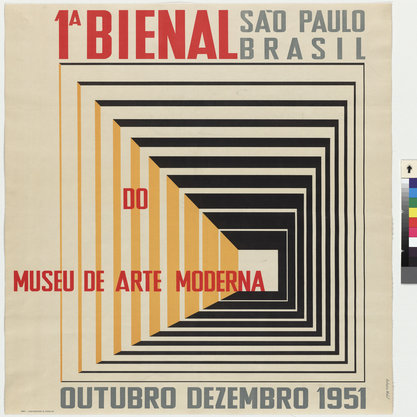Article
Sanabria, Tomás José (1922–2008) By D’Auria, Viviana
Article
Sanabria is a representative figure of the second generation of 20th-century Venezuelan architects. He studied in the United States of America after World War II and had a rigorous functionalist orientation, paying attention to natural conditions, environmental features, the relationship between architecture and geography, the influence of architecture in civic culture, structural and technological expressiveness, and the links between architecture, art, and the urban scale.
After graduating as an engineer (1941–1945) from the Universidad Central de Venezuela (UCV), he embraced a functionalist approach during his studies (1945–1947) at the Harvard Graduate School of Design in Cambridge, Massachusetts. At Harvard Walter Gropius, Martin Wagner, Ieoh Ming Pei, Hugh Stubbins, and Marcel Breuer were among his professors. He returned to Venezuela in 1947 and worked as professor of Architecture for Engineers at the UCV’s School of Engineering. By 1948 he was director of the Department of Architectural Composition at the School of Architecture in the Faculty of Engineering. In 1954 he became the first director of the School of Architecture in the Faculty of Architecture and Urbanism, founded that year.


